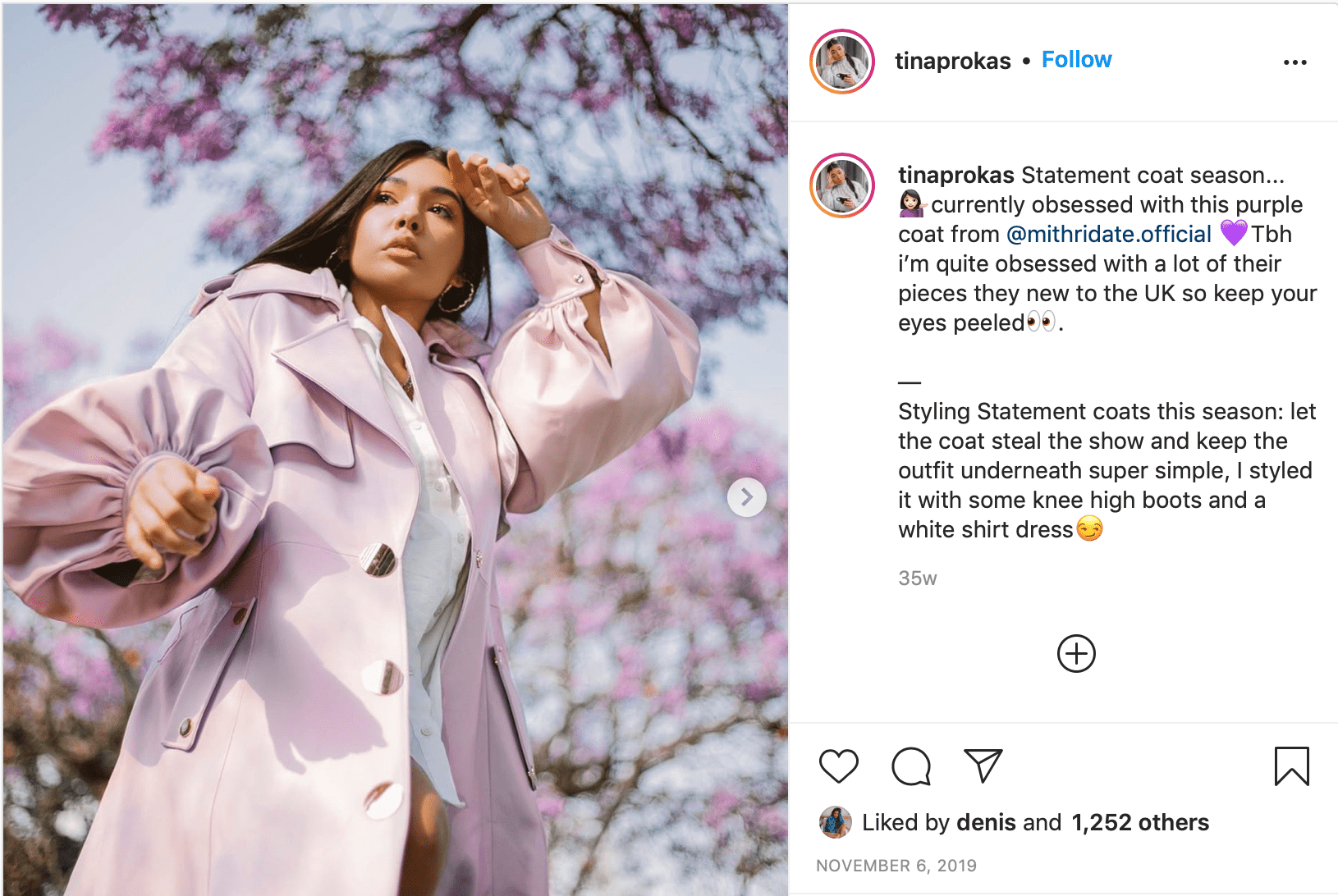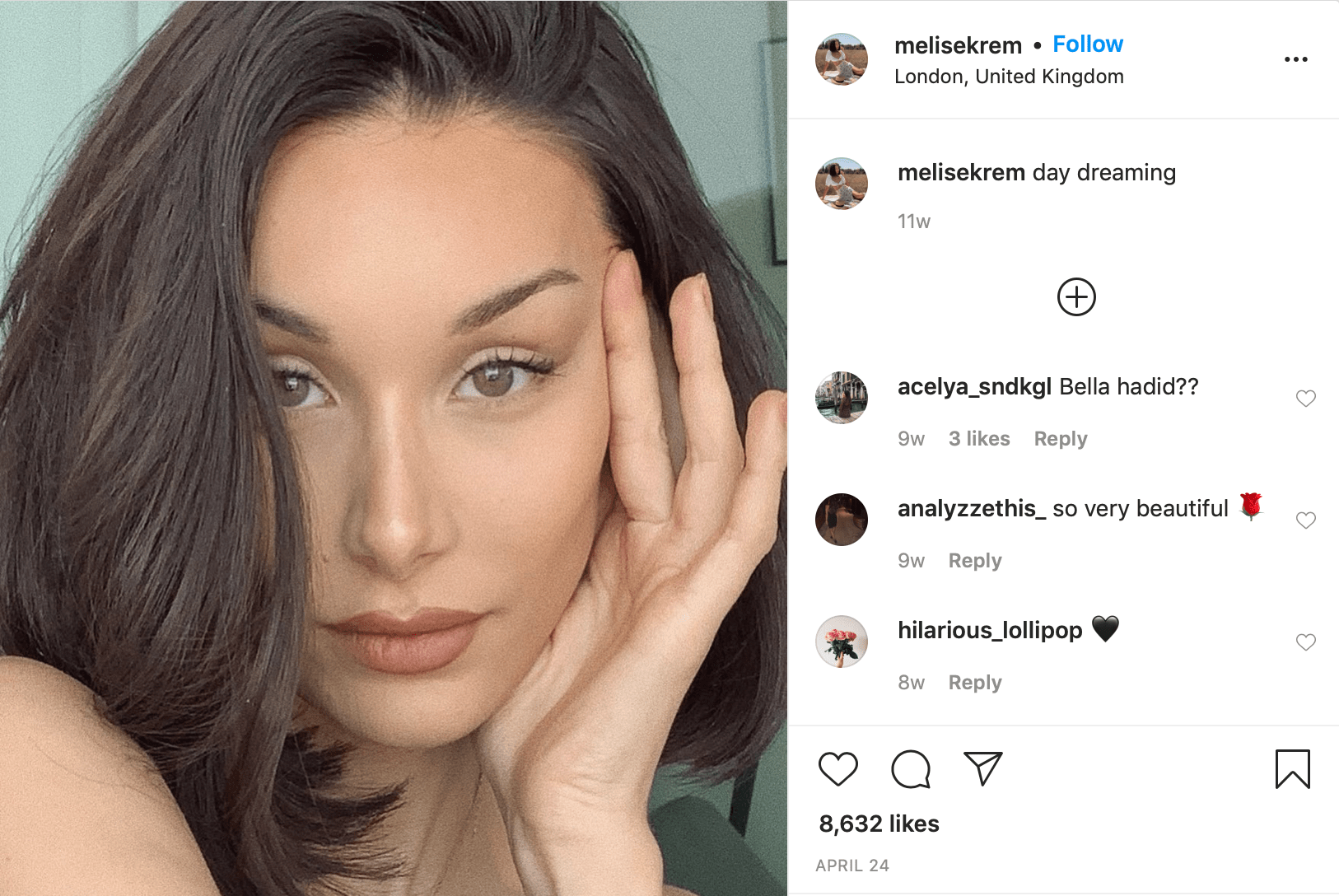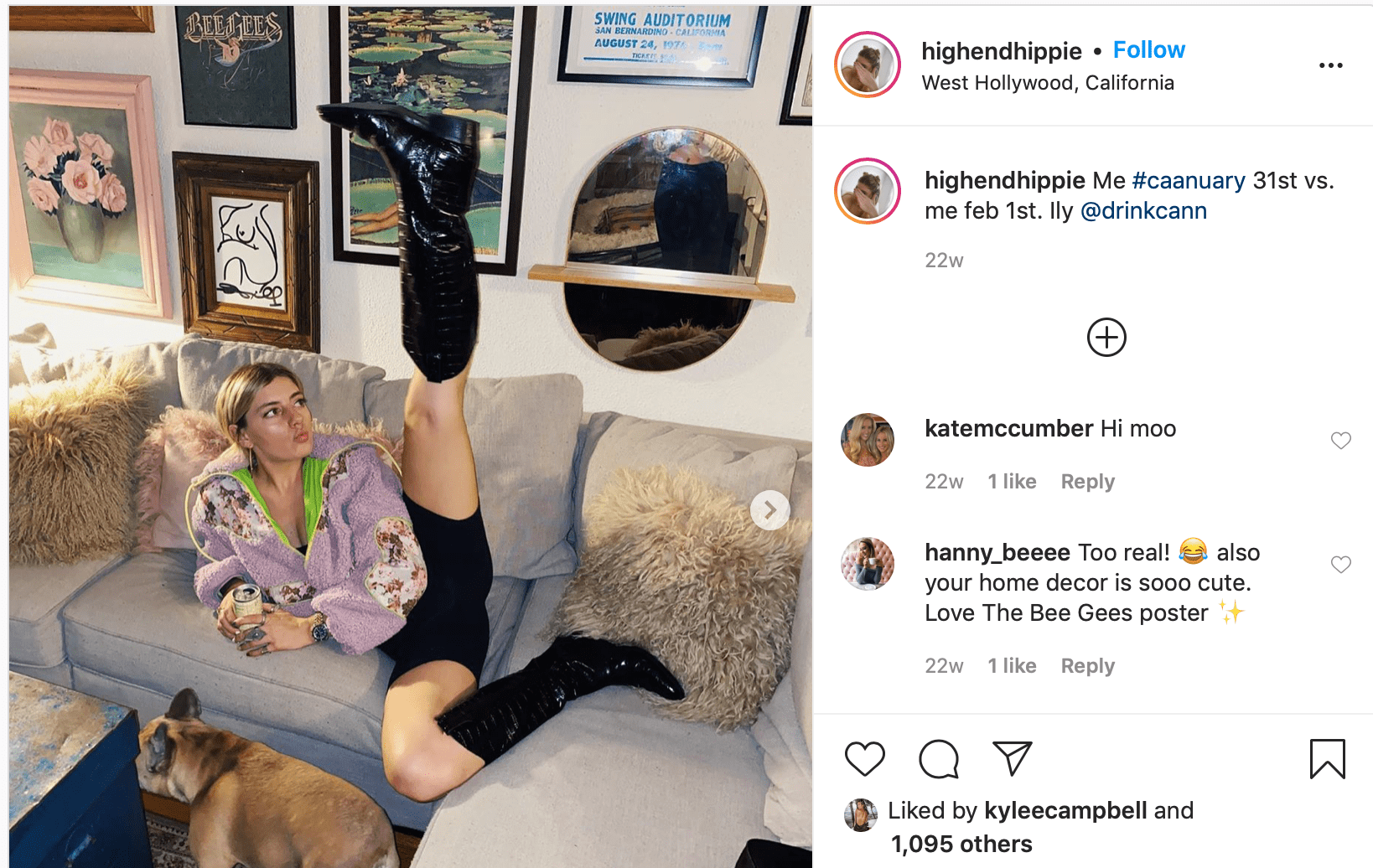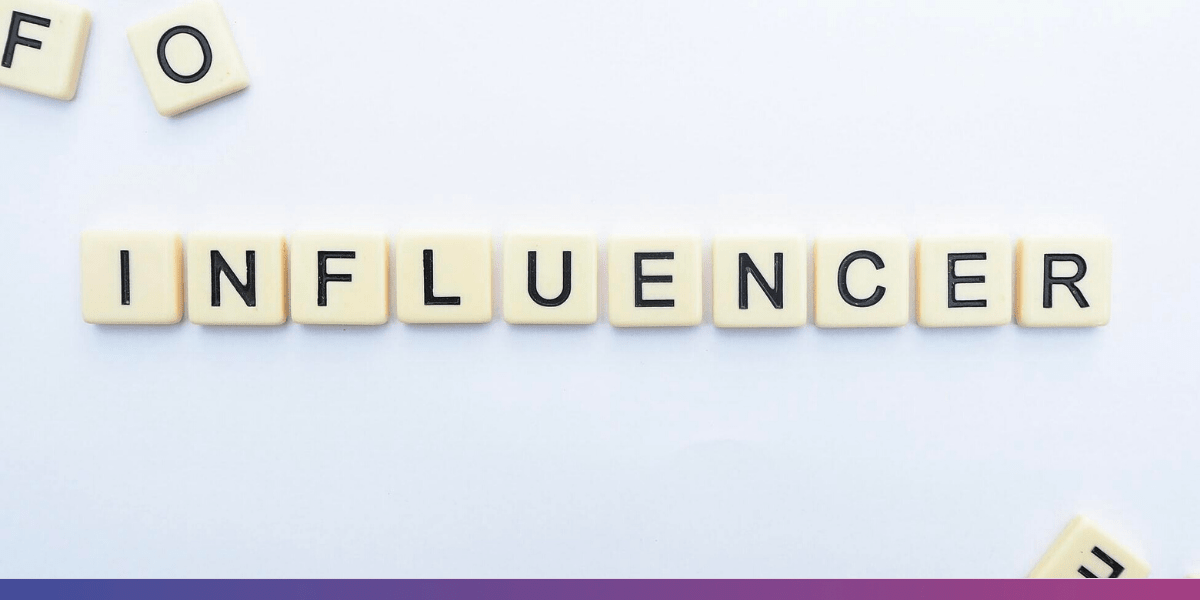If there is one thing to agree on in 2020, it’s that nothing is business-as-usual. Case study: Instagram. The qualitative shift in content animating our feeds has been evident for a while. Gone were the pictures of smizing influencers promoting gadgets they don’t use or wellness supplements that don’t work. Instead, we saw an influx of posts centered on healthcare concerns, calling out police brutality and other systemic social issues as well as realistic personal development goals. (By the way, did you catch our Mental Health Awareness month round-up?!) This feels like a powerful, revolutionary moment in time when we explore the alternative ways social media can be used for greater good. As the algorithm starts proceeding towards “the new normal”, many fear disappointment at the return of trivial, inauthentic content.
The so-called “influencer fatigue” is not a new phenomenon. A survey conducted back in 2018 showed that 47% of social media users had grown tired of seeing “repetitive” influencer content. Whatever was the formula for success few years ago, it just does not connect with audiences anymore. So, what does this mean for the future of influencer marketing? Despite the growing skepticism, influencer marketing is still one of the most effective online tools. Nearly 90% of marketers report that their influencer marketing ROI exceeded all other forms in 2019. What has become clear to both brands and consumers alike is that quality trumps quantity. Today’s consumers are favoring genuine (flaws ‘n all) influencers who provide engaging content over those who still adhere to the posh-and-polished prototype. Here is how some content creators combat influencer fatigue.
Brands are ditching big names for niche audiences

Remember when Justin Bieber and other megastars lost two million fake followers each in a single day Twitter purge? Yeah, that was a wake-up call the influencer marketing industry decided not to snooze. As brands witness the growing consumer disillusionment, they’re choosing to partner with micro-influencers who have a smaller yet more dedicated audience. Look at Kim Kardashian who seems to attract more and more backlash for culturally insensitive social media missteps. Brands are wary of what happens when her 177 million followers no longer believe she has their best interests at heart. According to London-based South African fashion blogger Tina Prokas, her relatively small following of 42K people has actually become an advantage which secured opportunities with prominent brands like Nike, ASOS, TopShop and Elizabeth Arden. “I have seen a shift in the industry, where it’s become less about numbers and more about an engaged, niche audience,” says Prokas. “People are selective about who they follow, because users are smart enough to spot people that are not being genuine about promotions.” Turns out, bigger has never really meant better.
Influencers are no longer accepting every deal that is offered to them

The Cypriot fashion blogger Melis Ekrem, maintains trust with her 162K followers by being hyper-selective when it comes to brands she partners with and products she promotes. “I always ensure that our brand identities are aligned. In fashion, I make sure that the pieces fit my personal style. For beauty partnerships I trial products for a substantive period of time before making any agreements,” explains Ekrem. “My decision is always based on one underlying principle. Would I recommend this to my younger sister? If not, then why would I recommend this to a wider audience of people?” So far, such strategic limiting approached resulted in partnerships with the likes of Ralph Lauren, Selfridges and Ted Baker.
The rise of the relatable influencer

Remember when FOMO (Fear of Missing Out) was our serious but kind of cool concern?! Lately people began to develop more sinister conditions like social media addiction and selfie dysmorphia. Picture-perfect triple-filtered artifice showed a misleading view of real life. Now users are into honest content from imperfect but passionate people they can relate to. Take LA blogger and stylist Kristen Ritchie. Her pictures are neither airbrushed nor do they fit a formulaic aesthetic. Instead, her posts are intermixed with goofy poses, fast food snaps, and captions about her love of weed. The result is a very dedicated, very small army of followers. “I am way prouder to know I have 36,000 people that want me for me and that grew organically. Having 100K random followers would not hold the same value to me,” says Ritchie. “I think that’s why I’m super engaged because I know that odds are they are also a Frenchie-loving, tree-hugging pot smoker that likes to travel and vintage shop, or at least appreciates that stuff. Because when you post authentic-only content you’ll get those specific authentic-only followers.” Tina Prokas agrees with this sentiment. “Instagram stories, for example, have really allowed me to become less two-dimensional to my audience. They get to see my day-to-day life and relate to personal creative experiences,” she says.
Brands are trading short-lived campaigns for long-term relationships
Remember when Andy Warhol was considered a pop culture prophet with his fifteen minutes of fame? Social media universe decided even that was too long. Fifteen seconds sounds TikTok-right. Here now, gone now. We’d make a goldfish memory reference, but turns out the actual goldfish memory can last up to five months and not the infamous three seconds. Wait, where were we?! So, in the past, brands tended to work with different influencers on short-term one-off campaigns and projects. This meant relationships were transient making it harder to establish trust with consumers. The current switch to building longevity is mutually beneficial, because influencers and brands can demonstrate good faith in each other instead of creating an impression of a PR stunt or a quick cash grab. “The partnerships I get are relevant to me and are with brands that I truly love and believe in,” says Kristen Ritchie. “So even though my following is way smaller than most of my influencer friends around me, the partnerships are usually so much better and that is why staying authentic pays.”
Brands are choosing influencers that share similar values to them
In today’s cancel culture, one social media controversy can ruin years of investment. That’s why brands are quick to cut ties with influencers whose actions contradict brand values. Case in point: Logan Paul. Remember who?! The notorious Youtuber’s video from the Japanese Suicide Forest led to dozens of companies canceling their endorsements. “Historically there was a notion that partnering with an influencer with the largest following would result in larger return,” explains Melis Ekrem. “But as the industry has evolved, there has been a shift, with brands are more inclined to partner with influencers who fit their identity to capture a more specific target audience.” This process is a two-way street. Particularly, the Black Lives Matter movement has put a spotlight on issues of agency and representation in the public arena. When it comes to the beauty and fashion industry, many are paying close attention to the Pull Up For Change business challenge started by social media entrepreneur Sharon Chuter. It calls upon companies to reveal the results of a self-audit in terms of diversity among their staff, advertising materials, and executive leadership. With greater transparency come greater opportunities!
Brands are giving influencers more creative freedom
Remember when Dior embarrassingly relaunched its saddle bag with nearly identical influencer posts? The watchful eye of Diet Prada called out the gaffe which led to stricter paid content disclosure guidelines in social media marketing. It is worth acknowledging that as users we have perfected our ability to spot inauthentic content. That’s why brands should and do opt for a hands-off approach when it comes to influencer marketing. When brands try to direct and control the content made by influencers, the posts lack the unique voice that attracted users in the first place. Ensuring creative freedom ensures originality. Give me liberty or give me… better yet, just leave me alone! The best way to fight influencer fatigue is to let go of tired expectations and embrace all the unexpected possibilities.
—
As the leading influencer marketing agency, we pride ourselves in our ability to keep our clients up to date with the latest trends and developments to help them delight and inspire audiences.

